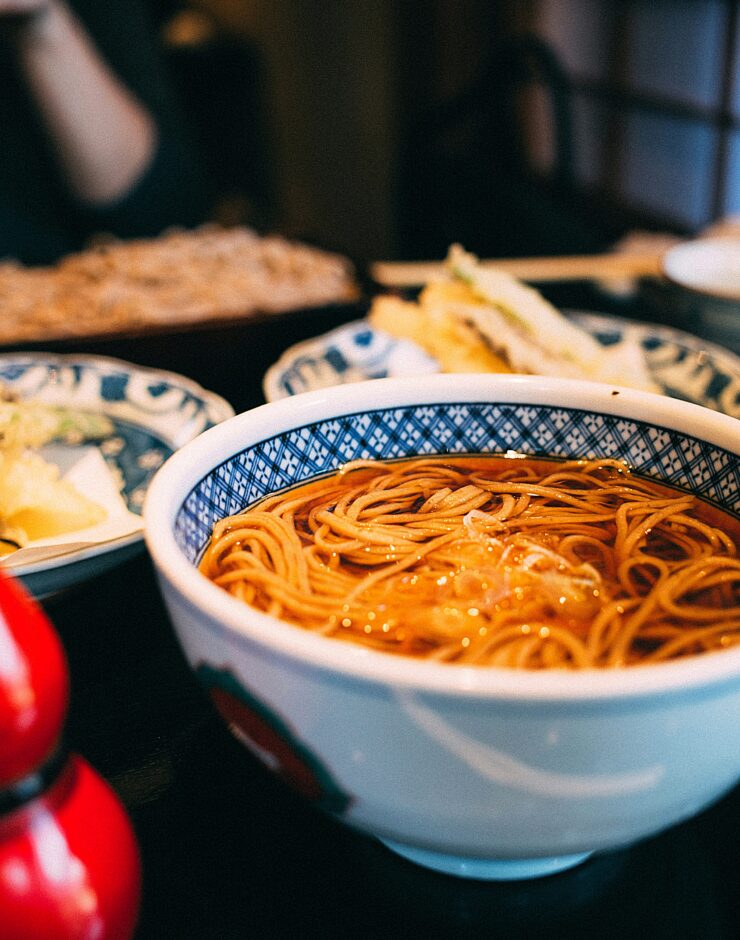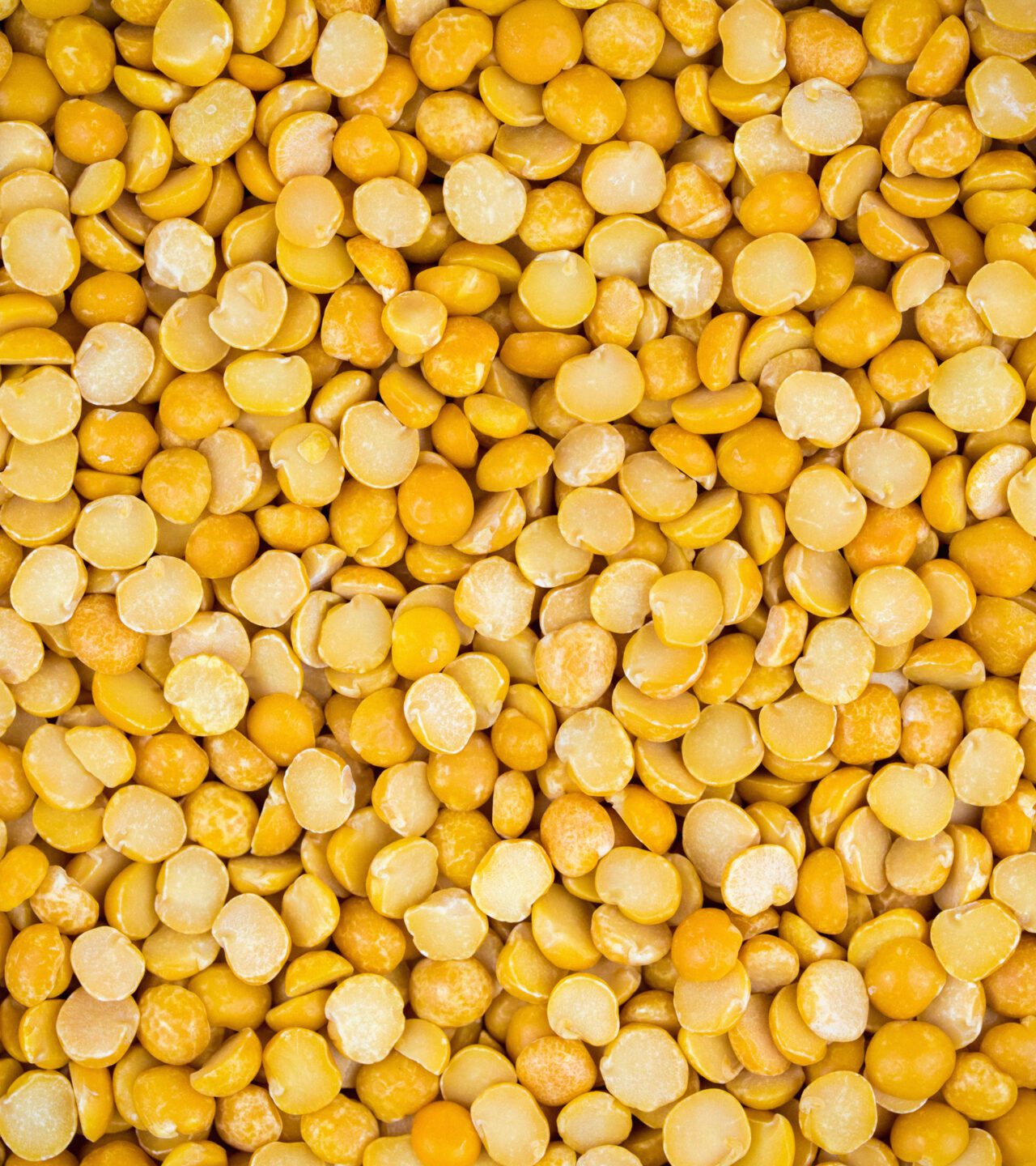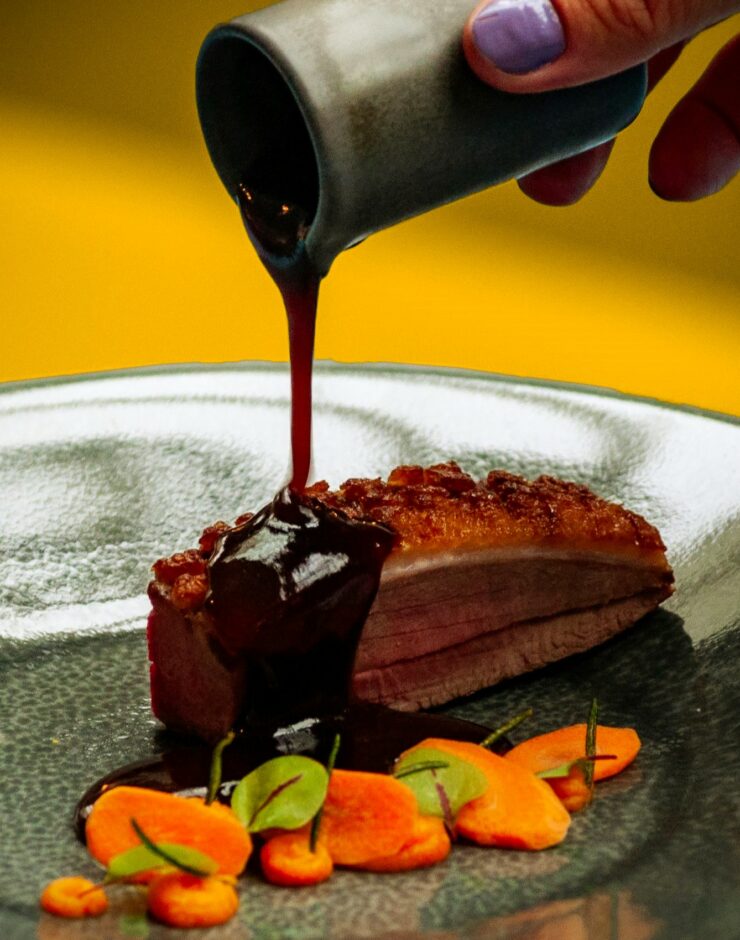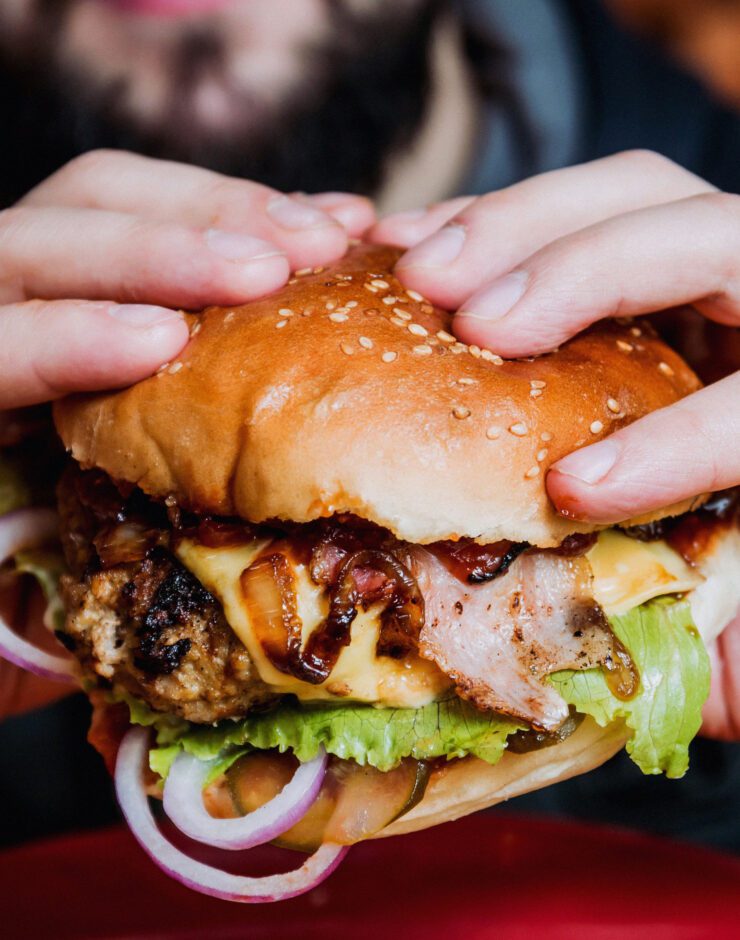Nutritional Information (per 100g)
| Calories (USA/Canada) | 365/360 |
|---|---|
| Fat | 0g |
| Cholesterol | 0g |
| Sodium | 10mg |
| Carbohydrate | 90g |
| dietary fibre | 1g |
| total sugars | 0g |
| Protein | 0.3g |
| Calcium | 20mg |
| Iron | 0.75mg |
| Potassium | 10mg |

Pea starch is a highly functional, clean-label ingredient that offers a natural alternative to crosslinked modified starches. Highly purified at >96.5% starch, and comprised of 20% resistant starch, it has a superior gelling ability allowing for lower usage levels.
Pea Starch delivers exceptional heat, shear, and acid stability due to its high amylose content, making it ideal for demanding food processing conditions.
Additionally, it is non-GMO, gluten-free, and allergen-friendly, catering to the growing demand for plant-based and label-friendly ingredients.
Pea starch, also known as Native Pea Starch, is a natural, plant-based carbohydrate derived from yellow peas (Pisum sativum). Composed primarily of amylose and amylopectin, pea starch offers excellent water-binding properties and is known for its white colour, neutral taste, and high digestibility.
Extraction is entirely natural, using a water-only, centrifugal, drying and filtration process.
With its ability to enhance thickening, moisture retention, and texture, pea starch is a versatile and sustainable choice for a wide range of food applications.

| Calories (USA/Canada) | 365/360 |
|---|---|
| Fat | 0g |
| Cholesterol | 0g |
| Sodium | 10mg |
| Carbohydrate | 90g |
| dietary fibre | 1g |
| total sugars | 0g |
| Protein | 0.3g |
| Calcium | 20mg |
| Iron | 0.75mg |
| Potassium | 10mg |

A versatile ingredient with multiple benefits:
Thickening Agent: Enhances viscosity and provides a smooth texture in soups, sauces, and dairy alternatives. For other thickeners you can also try tapioca starch, corn starch or modified starch.
Gelling Properties: Forms strong, elastic gels for confectionery, pie fillings, and plant-based applications. For other gelling agents you can consider xantham gum, potato starch or pregelatinised corn starch.
Water-Binding & Moisture Retention: Prevents syneresis, improves juiciness in meat products, and extends shelf life. For water-binding humectants we also sell maltitol, fructose and dextrose that all have moisture-retention properties.
Texturising Agent: Enhances mouthfeel, chewiness, and bite in noodles, candies, and snacks. Beyond pea starch, we stock many other texturisers such as tapioca fibre, rice flour and oat fibre.

Gluten-Free Binder: Improves dough elasticity and structure in gluten-free baking and pasta.
Improves Crispiness: Adds crunch and texture in batters, coatings, and extruded snacks.
Heat & Shear Stability: Maintains functionality during high-temperature processing and mechanical stress.
Freeze-Thaw Stability: Helps prevent texture degradation in frozen foods and ready-to-eat meals.
Clean-Label & Plant-Based Alternative: Acts as a natural replacement for modified starches and synthetic additives.
Neutral Taste & Colour: Does not alter flavour or appearance in food formulations.
Pea starch is extracted from yellow peas (Pisum sativum) through a wet milling process. The production begins with cleaning and dehulling the peas, followed by hydration to soften the seeds. The hydrated peas are then ground to release the starch granules from the protein and fibre matrix. The slurry undergoes a series of centrifugation and filtration steps to separate the starch from other components. Once isolated, the starch is washed, dried, and milled into a fine powder. This process ensures high purity and maintains the natural functionality of the starch while preserving its clean-label and allergen-free properties.
Pea starch is primarily composed of two polysaccharides: amylose and amylopectin, with a typically higher amylose content (30-40%) compared to other starches. Amylose consists of linear chains of glucose units linked by α-(1→4) glycosidic bonds, contributing to its strong gelling properties. Amylopectin, on the other hand, is highly branched with α-(1→4) and α-(1→6) linkages, providing viscosity and thickening functionality. The starch granules are small to medium-sized and exhibit a unique crystalline structure, influencing its gelatinisation, water-binding, and textural properties. These characteristics make pea starch highly functional for food applications requiring thickening, gelling, and stabilising effects.

Pea Starch is versatile, and generally well tolerated; however, it may not be suitable for everyone or every application:
Limited Solubility: Pea starch is not fully soluble in cold water and requires heating for proper gelatinisation.
Firm Gel Formation: Its high amylose content can lead to firmer gels, which may not be ideal for all applications.
Processing Sensitivity: Requires controlled temperature and shear conditions for optimal functionality.
Hydration Time: May need extended hydration for full functionality in certain formulations.
Incompatibility with Some Gums: May not blend well with certain hydrocolloids, affecting texture stability.
Allergenic Concerns: Though rare, some individuals may have sensitivities to pea-based ingredients.